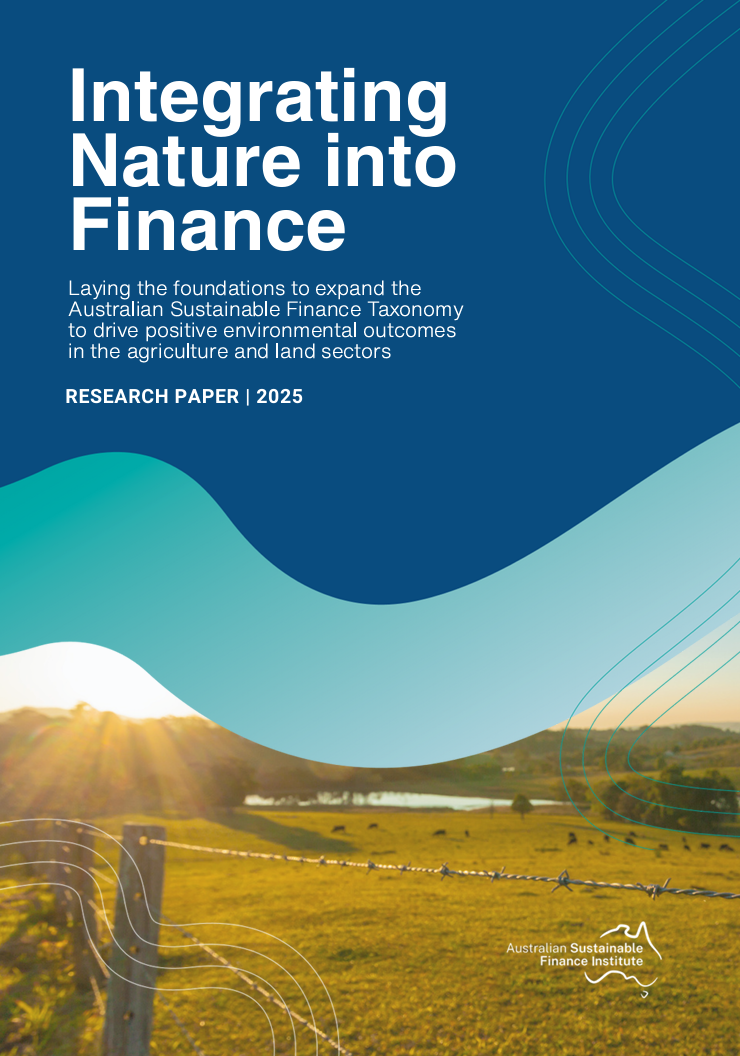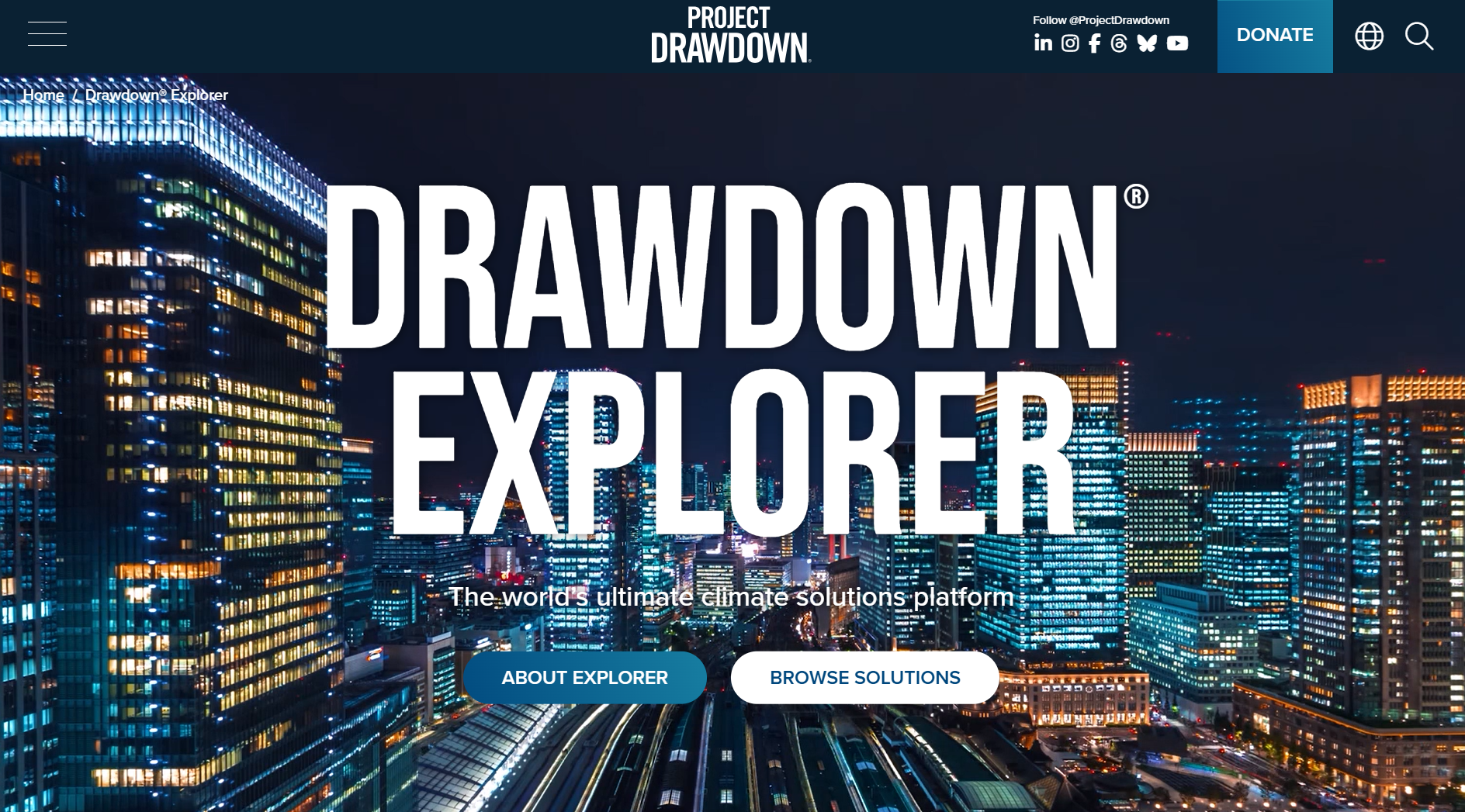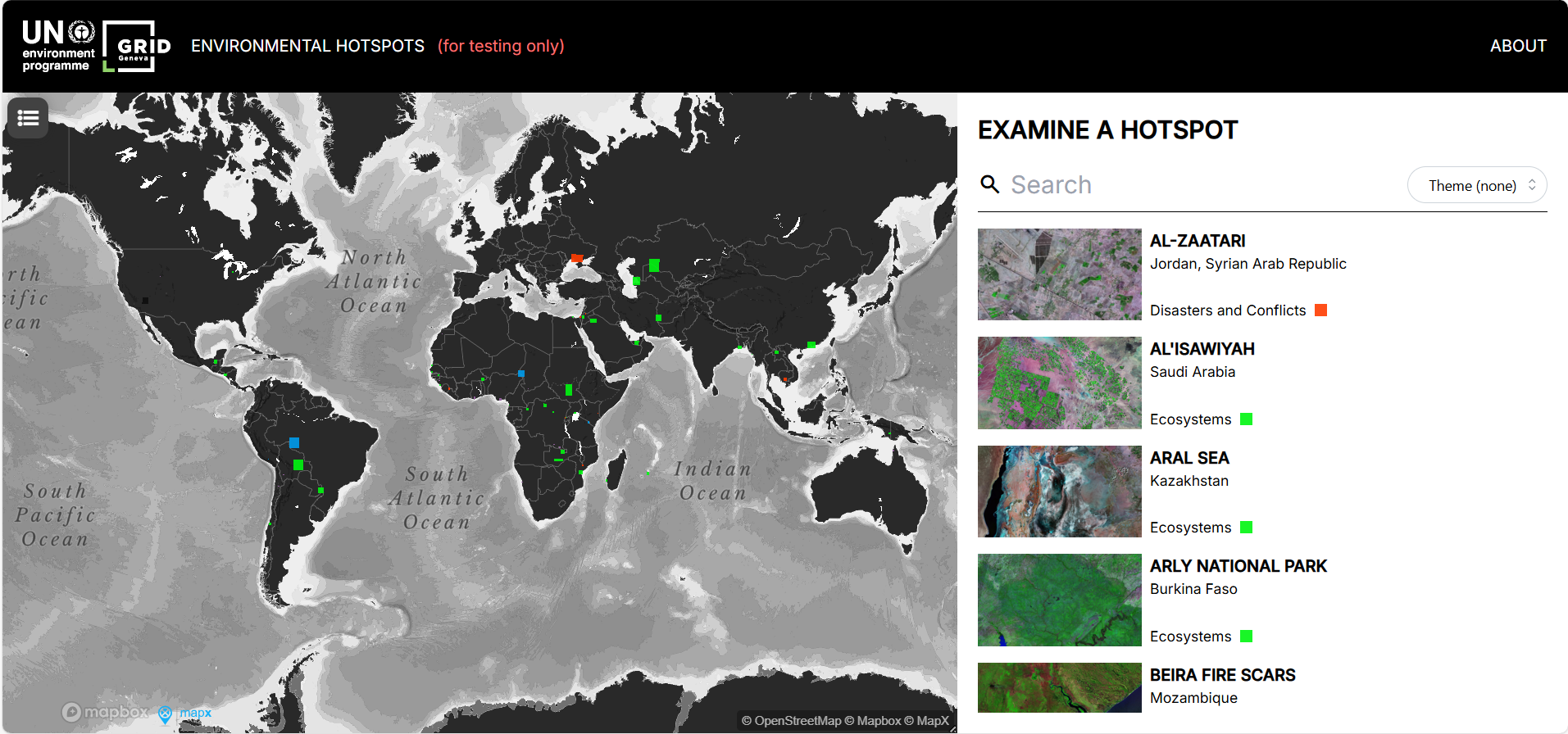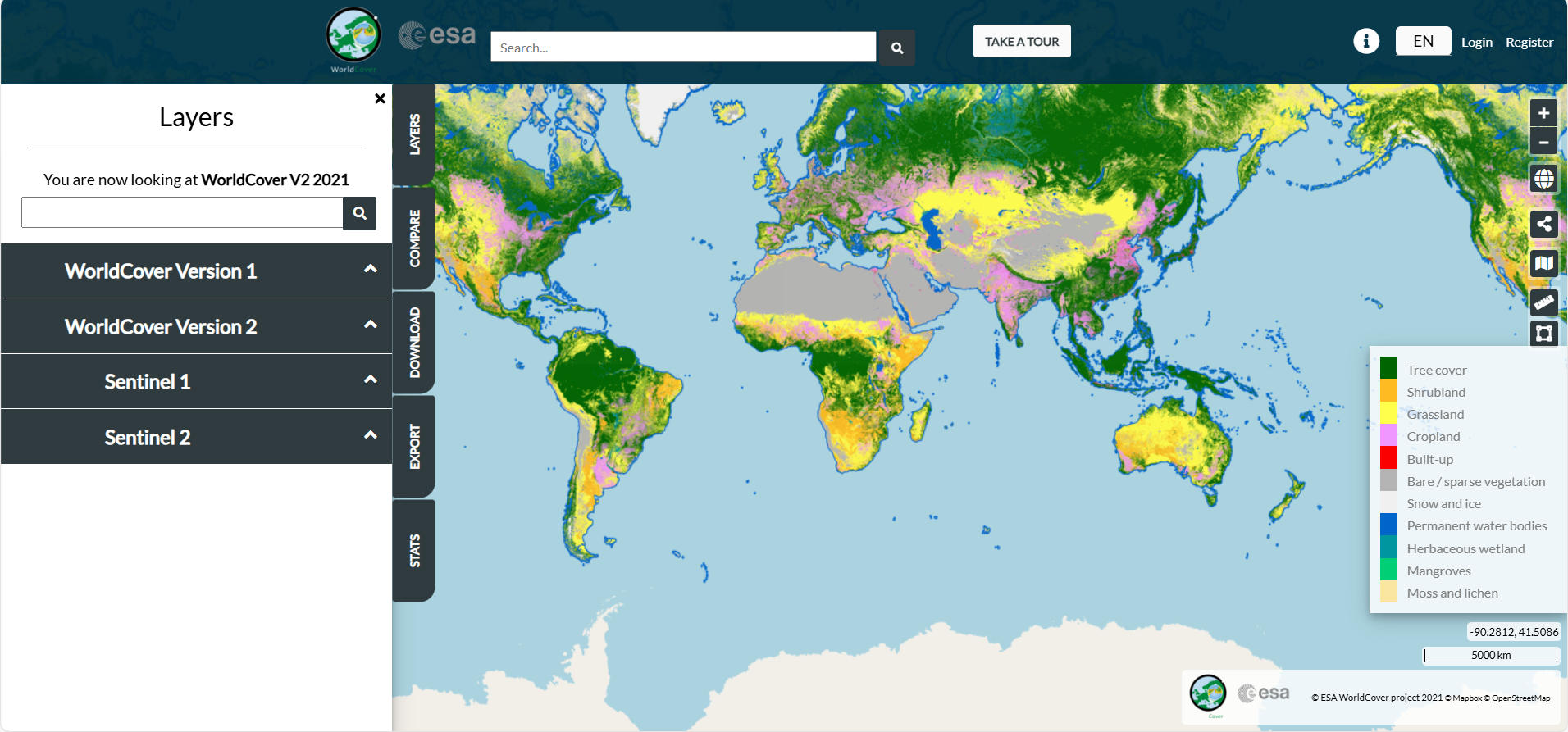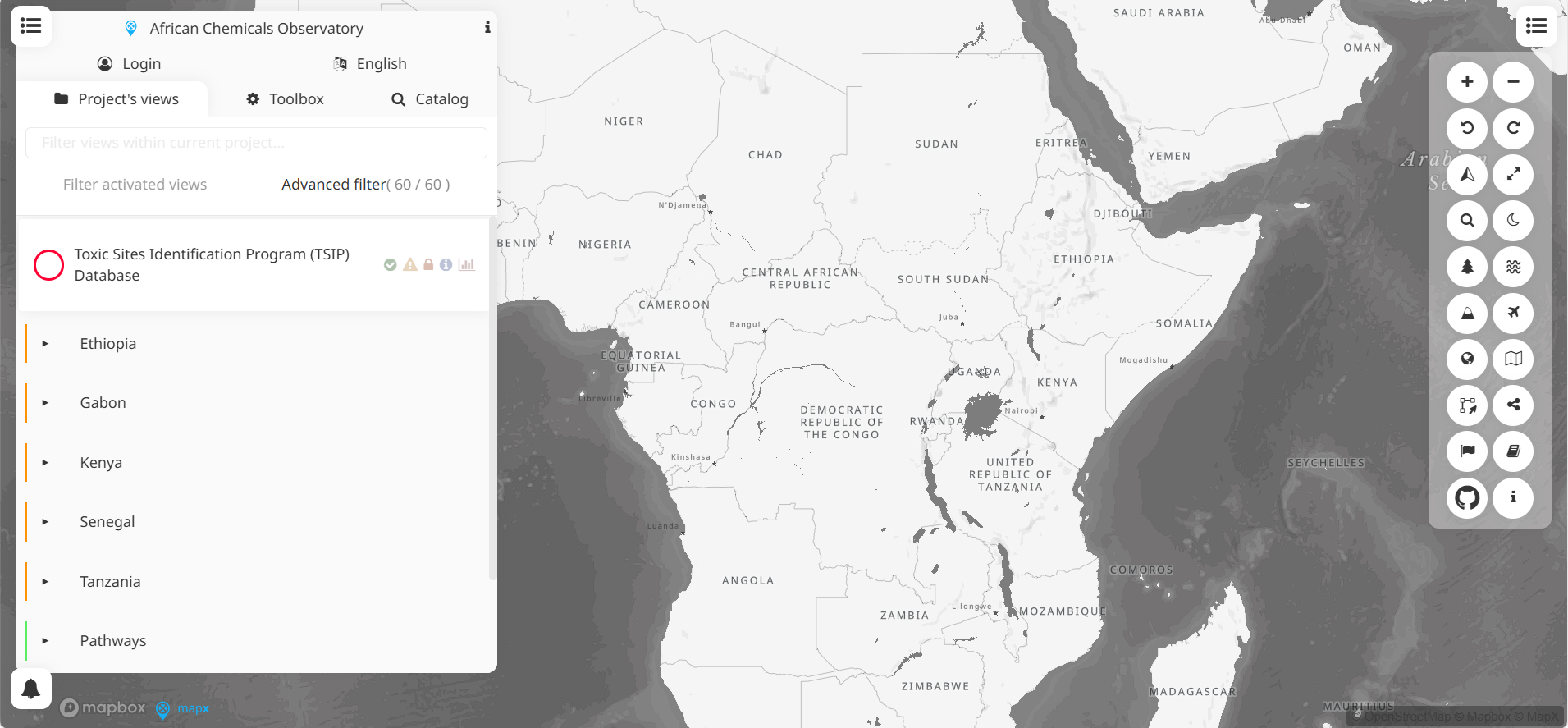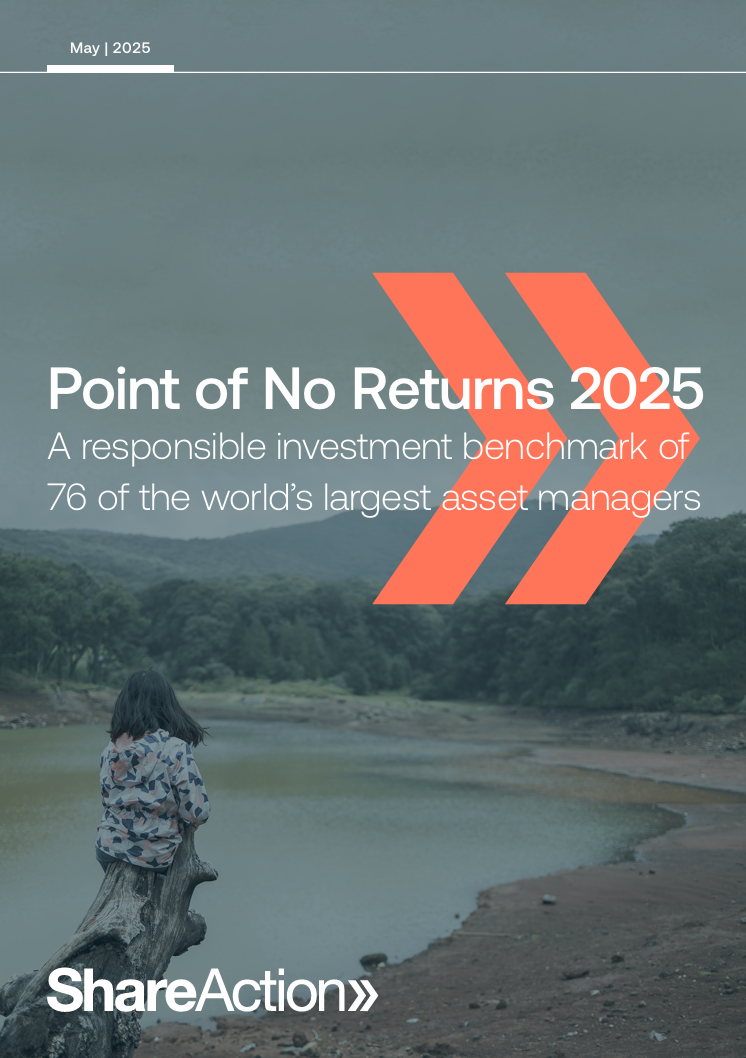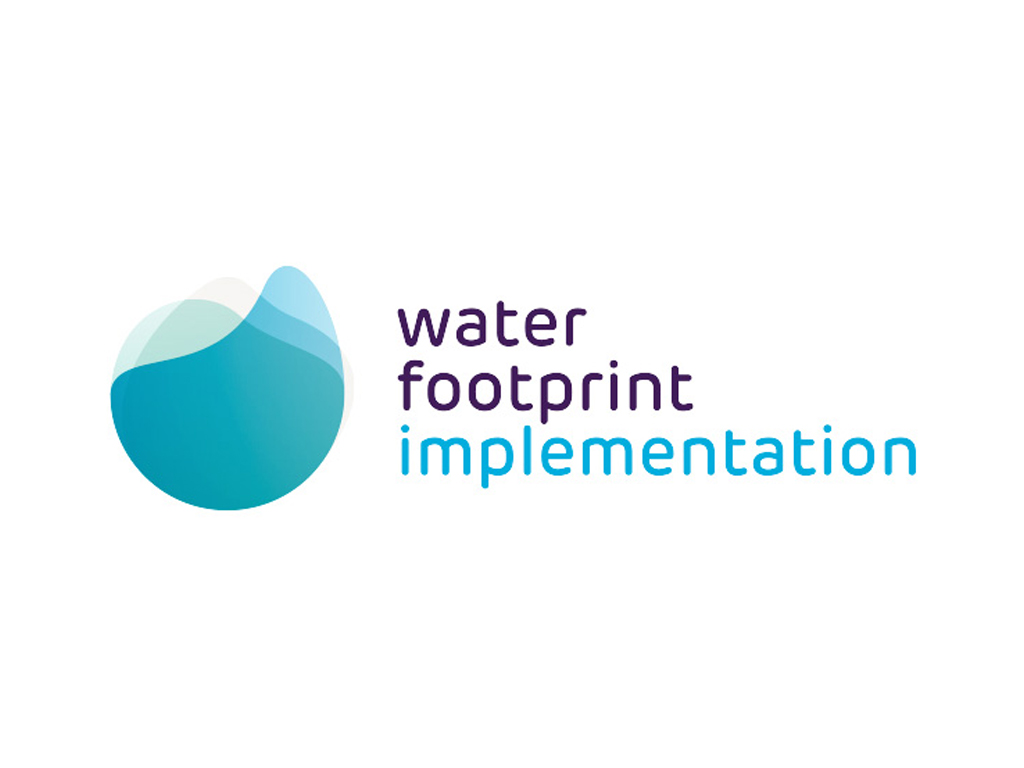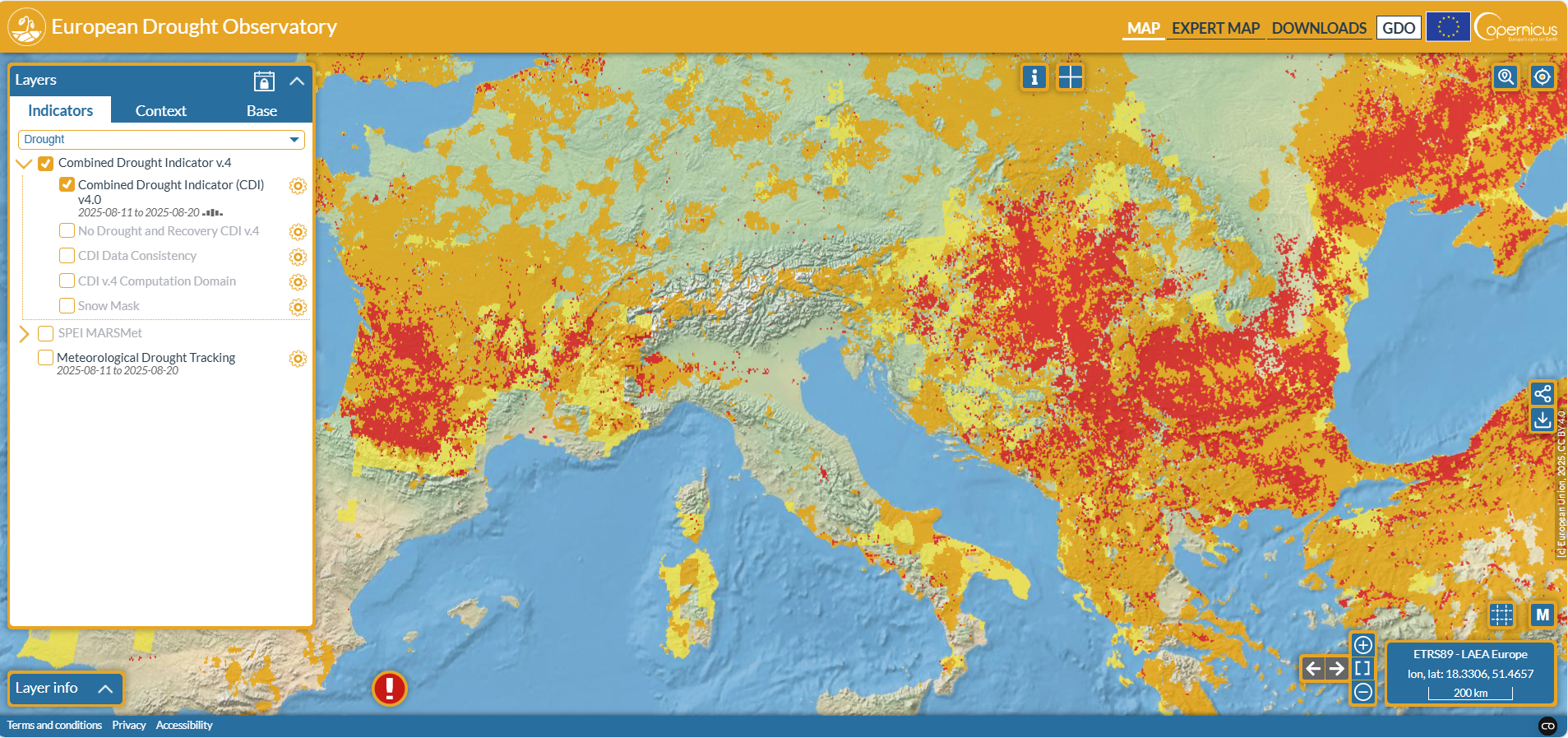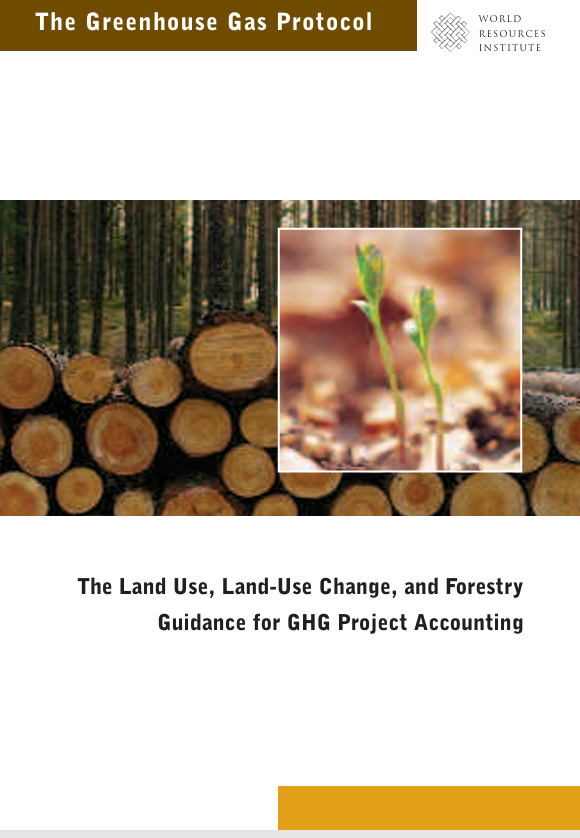Library | SASB Sustainability Sector
Forestry and Paper
Refine
114 results
REFINE
SHOW: 16


MDPI
MDPI (Multidisciplinary Digital Publishing Institute) is a Swiss-based publisher of open access, peer-reviewed journals, established in 1996. MDPI publishes over 470 academic journals across science, technology and medicine, with authors covering article processing charges to enable unrestricted global access.
Integrating Nature into Finance: Laying the foundations to expand the Australian Sustainable Finance Taxonomy to drive positive environmental outcomes in the agriculture and land sectors
This report summarises how Australia’s Sustainable Finance Taxonomy could be expanded to agriculture, forestry and land management, proposing draft criteria for biodiversity protection, sustainable water use, and pollution control. It aligns with global biodiversity goals to guide investment and lending that support nature-positive outcome.
Drawdown Explorer
Drawdown Explorer is an interactive platform that catalogues climate mitigation solutions, ranking them by their emissions impact, cost, and readiness.
One Planet Network
One Planet Network is a global multi-stakeholder partnership advancing sustainable consumption and production (SCP). It implements the 10-Year Framework of Programmes (10YFP) through six thematic programmes. The network acts as a knowledge hub and convenes governments, businesses, civil society and experts on SCP and SDG 12.
Environmental hotspots
The Environmental Hotspots tool by UNEP offers an interactive map of high-risk ecological zones worldwide, allowing users to explore environmental pressures across sectors (e.g. ecosystems, resource extraction).
ESA WorldCover
The ESA WorldCover viewer offers an interactive web-map of global land cover at 10 m resolution, enabling overlay of Sentinel-1/2 composites, statistics by region, and download of data tiles, all without software installation.
African chemical observatory
MapX is an open-source, cloud-based geospatial platform for visualising, analysing and managing environmental data. Developed by UNEP/GRID-Geneva, it supports decision-making in biodiversity, climate, land use and disaster risk, through map views, dashboards and storytelling tools.
ShareAction's point of no return series
The Point of No Returns benchmark series assesses the world’s largest asset managers on responsible investment across climate, biodiversity, social issues, governance, and stewardship. Published by ShareAction, the series provides rankings, sector-wide analysis, and examples of practice to guide improvement and accountability.
IMPACT2C web-atlas
The IMPACT2C web‑atlas is an interactive, open‑access platform that visualises the projected impacts of a +2 °C global warming across Europe and key vulnerable regions. It presents harmonised, model‑based findings—via maps, texts, and storylines—across sectors such as climate, water, energy, health, agriculture and coasts.
Water footprint implementation
Water Footprint Implementation supports companies and governments with water accounting, sustainability assessment and water-footprint compensation. A spin-off of Water Footprint Network research, it delivers actionable insights for ESG reporting, water stewardship, water-footprint benchmarking and tailored reduction strategies to enhance resilience, reduce risk and foster sustainable water management.
European drought observatory
Copernicus’ European Drought Observatory (EDO) mapviewer displays up‑to‑date drought indicators—such as soil moisture, low‑flow, precipitation and the Combined Drought Indicator—across Europe. Users can access, view and download data freely, though caution is advised interpreting some hydrological outputs east of Poland since mid‑May 2025.
Climate impacts online (KlimafolgenOnline)
A free, interactive web tool developed by the Potsdam Institute for Climate Impact Research, KlimafolgenOnline provides country‑ and region‑level projections—using historical observations and future scenarios—for multiple sectors, including agriculture, forestry, biodiversity, tourism and health. It enables visualisation of climate impacts via maps and charts.
Singapore Sustainable Finance Association (SSFA)
Singapore Sustainable Finance Association (SSFA) supports Singapore’s emergence as a trusted, vibrant and inclusive sustainable‑finance centre. Established in January 2024 by Monetary Authority of Singapore (MAS) and financial industry stakeholders, SSFA drives collaboration across financial, corporate and academic sectors via workstreams on taxonomy, carbon markets, transition finance, blended finance and natural capital.
Greenhouse gas protocol land sector and removals initiative: Project overview
The greenhouse gas protocol’s land sector and removals initiative aims to develop internationally accepted corporate guidance for accounting and reporting emissions and removals from land use, bioenergy, and carbon removal. It seeks to improve transparency, support target-setting, and align with climate goals through a multi-stakeholder, science-based process.
The greenhouse gas protocol: Land use, land-use change, and forestry (LULUCF) guidance for GHG project accounting
The land use, land-use change, and forestry (LULUCF) guidance for GHG project accounting provides structured methods to quantify and report greenhouse gas (GHG) reductions from reforestation and forest management projects. It supplements the GHG Protocol for Project Accounting, detailing baseline procedures, monitoring, and risk mitigation approaches specific to land-based carbon projects.
The greenhouse gas protocol: A corporate accounting and reporting standard
The Greenhouse Gas Protocol Corporate Standard provides a framework for businesses to quantify and report greenhouse gas emissions. It establishes standardised accounting principles, categorises emissions by scope, and offers guidance for setting organisational and operational boundaries. The Standard promotes transparency, consistency, and comparability in corporate GHG inventories.
